23.03.2018
GSLV-F08/GSAT-6A Mission scheduled for launch on Mar 29
Bengaluru, Mar 23 (UNI) The 12th flight of Geosynchronous Satellite Launch Vehicle (GSLV), GSLV-F08 with GSAT-6A as its payload is scheduled for launch on March 29 at 1656 hrs.
ISRO on Friday announced that the flight would be the sixth one with Indigenous cryogenic stage.
GSLV-F08 will lift off from the second launch pad at the Satish Dhawan spaceport at Sriharikota.
GSAT-6A, similar to GSAT-6 is a high power S-band communication satellite configured around I-2K bus.
The mission life of spacecraft planned is about 10 years.
Quelle: UNI
+++
GSLV-F08/GSAT-6A Mission
GSLV-F08 is the 12th flight of Geosynchronous Satellite Launch Vehicle (GSLV) and Sixth flight with indigenous Cryogenic Stage. The Launch of GSLV-F08 carrying GSAT-6A is planned from the Second Launch Pad (SLP) in Satish Dhawan Space Centre SHAR, Sriharikota
GSLV -F08 / GSAT-6A Mission is scheduled to be launched on Thursday, March 29, 2018 at 16:56 Hrs (IST).
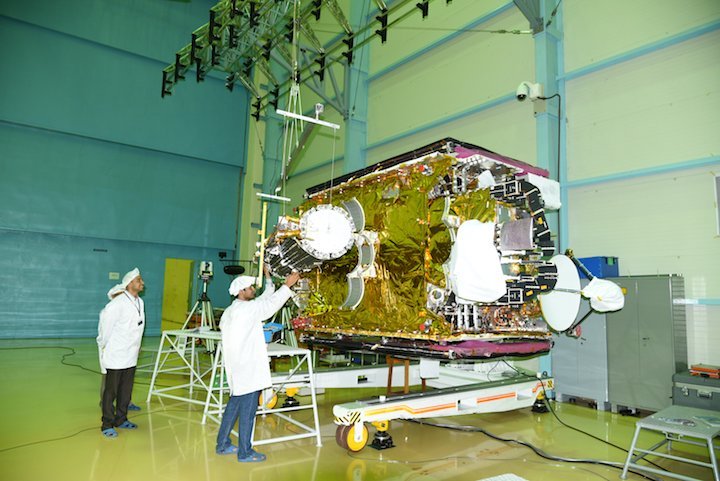
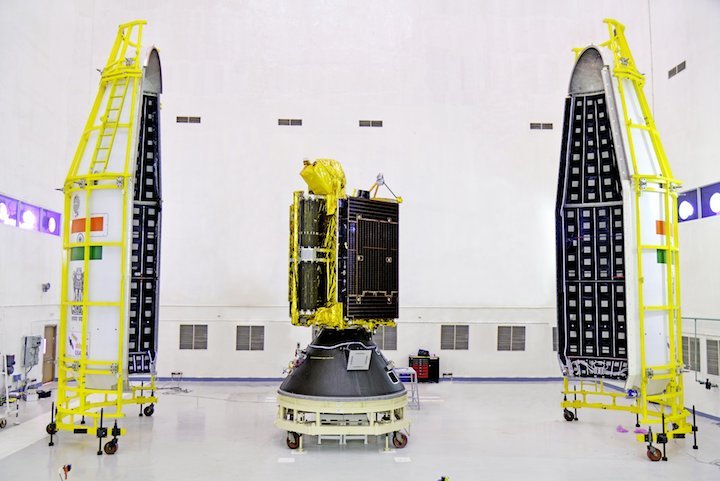
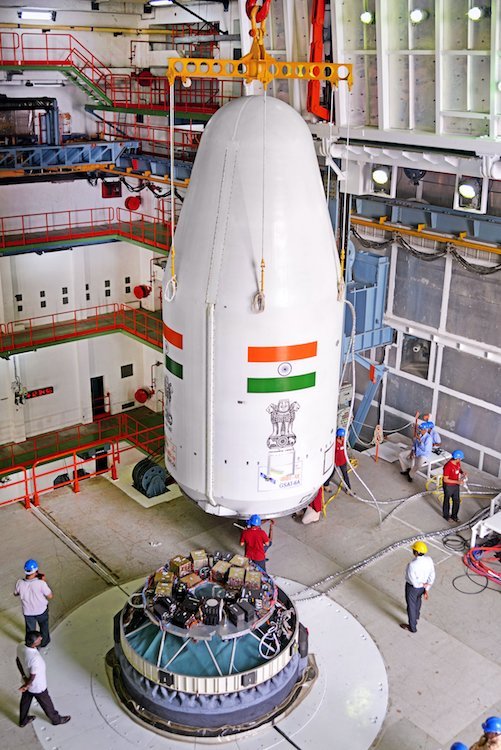
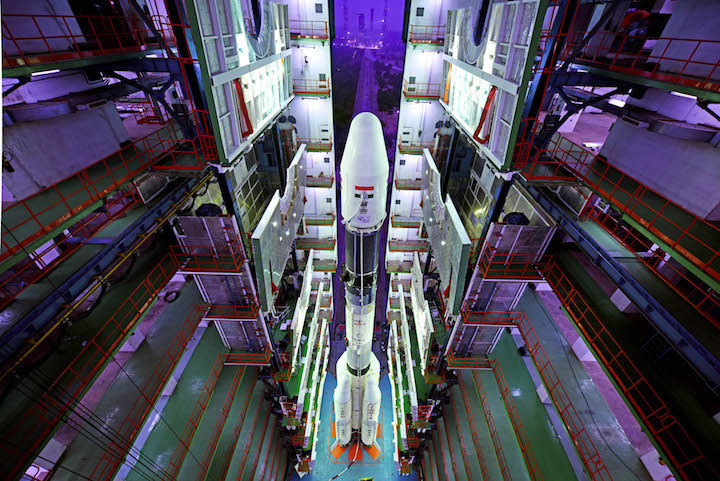
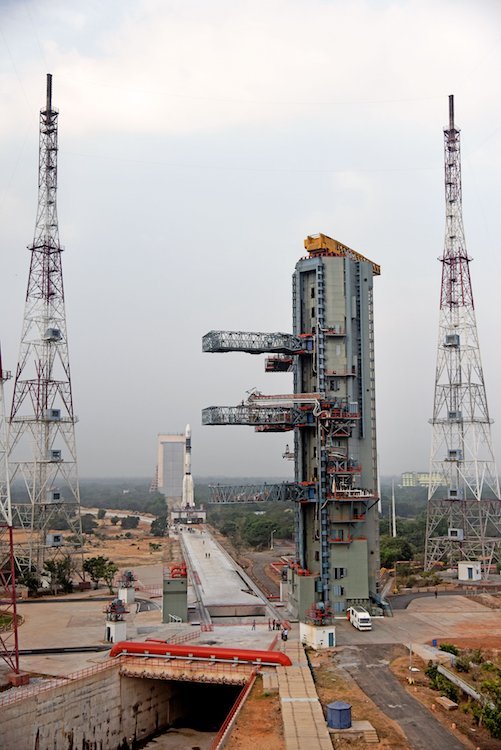
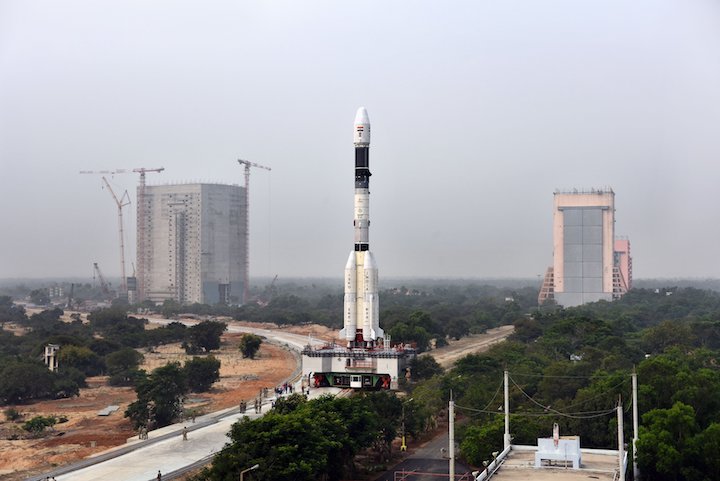
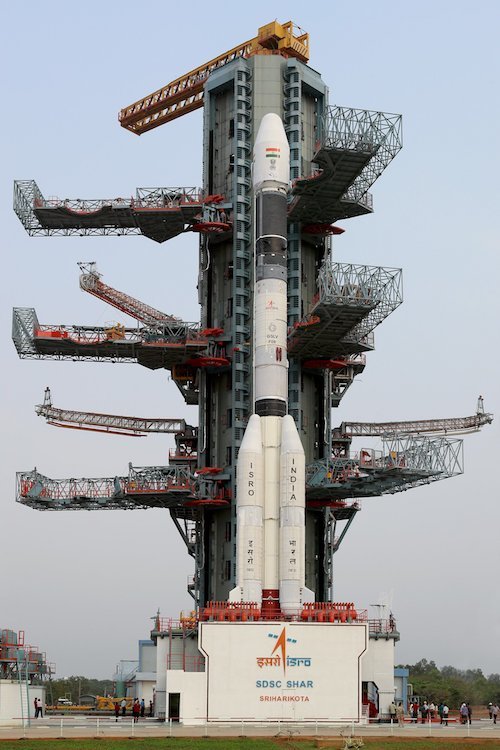
Isro to launch communication sat GSAT-6A on March 29
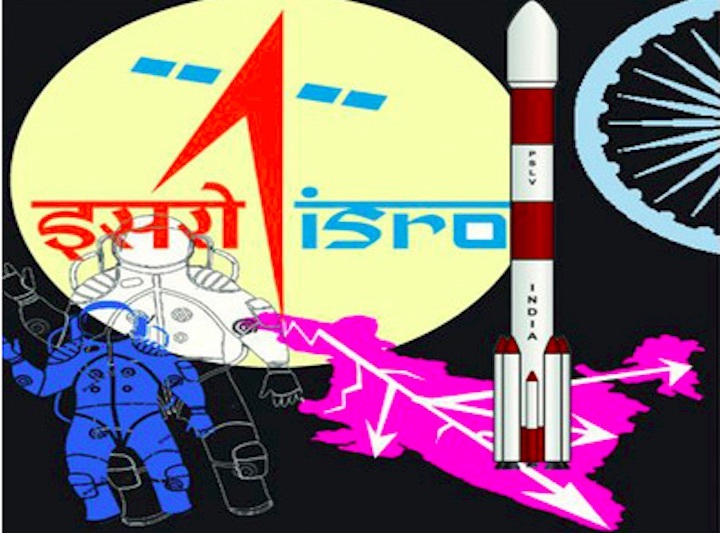
Countdown begins for launch of Isro’s GSAT-6A onboard GSLV Mk II
CHENNAI: The countdown for the launch of the Indian Space Research Organisation’s communication satellite GSAT-6A, onboard GSLV Mk II rocket, began at Satish Dhawan Space Centre in Sriharikota at 1.56pm on Wednesday.
The mission readiness review committee and launch authorisation board cleared the 27-hour countdown activity.
GSLV Mk II (F08) carrying GSAT-6A will take off from the second launch pad at Satish Dhawan Space Centre at 4.56pm on Thursday. This will be the Geosynchronous Satellite Launch Vehicle’s 12th flight and sixth flight with indigenous cryogenic stage. GSAT-6A, weighing 2140kg, is a high power S-band communication satellite, just like its predecessor GSAT-6. The mission life of the satellite is planned for 10 years. The satellite will provide a platform for developing technologies such as demonstration of 6m S-Band unfurlable antenna, handheld ground terminals and network management techniques that could be useful in future satellite-based mobile communication applications.
GSAT-6, weighing 2132kg, was launched onboard GSLV Mk II D6 on August 27, 2015.
Quelle: THE TIMES OF INDIA
---
Update: 29.03.2018
.
GSLV Successfully Launches GSAT-6A Satellite
India's Geosynchronous Satellite Launch Vehicle (GSLV-F08) successfully launched GSAT-6A Satellite into Geosynchronous Transfer Orbit (GTO) today (March 29, 2018). Today’s launch of GSLV was its twelfth and took place from the Second Launch Pad at Satish Dhawan Space Centre (SDSC) SHAR, Sriharikota, the spaceport of India. This is the fifth consecutive success achieved by GSLV carrying indigenously developed Cryogenic Upper Stage.
In its oval shaped GTO, GSAT-6A is now orbiting the Earth with a perigee (nearest point to Earth) of 169.4 km and an apogee (farthest point to Earth) of 36,692.5 km with an orbital inclination of 20.64 deg with respect to the equator.
Few seconds before the launch countdown reached zero, the four liquid propellant strap-on motors of GSLV-F08, each with nearly 43 tons of liquid propellants, were ignited. At count zero and after confirming the normal performance of all the four strap-on motors, the 139 ton solid propellant first stage core motor was ignited and GSLV lifted off at 16:56 IST, as scheduled. The major phases of the flight occurred as intended. About seventeen and a half minutes after lift-off, GSAT-6A was successfully placed in GTO. .
Soon after separation from GSLV, the two solar arrays of GSAT-6A were automatically deployed in quick succession and the Master Control Facility (MCF) at Hassan in Karnataka assumed control of the satellite.
GSAT-6A is a communication satellite built by ISRO to provide mobile communication services through multi beam coverage. For this, it is equipped with S and C band transponders.
In the coming days, the orbit of GSAT-6A will be raised from its present GTO to the final circular Geostationary Orbit (GSO) by firing the satellite's Liquid Apogee Motor (LAM) in stages. The Satellite will be commissioned into service after the completion of orbit raising operations and its positioning in the designated slot in GSO following in-orbit testing of its payloads.
+++
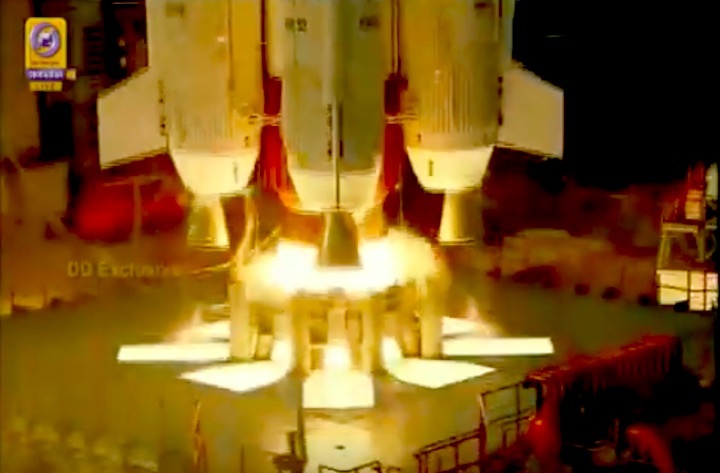
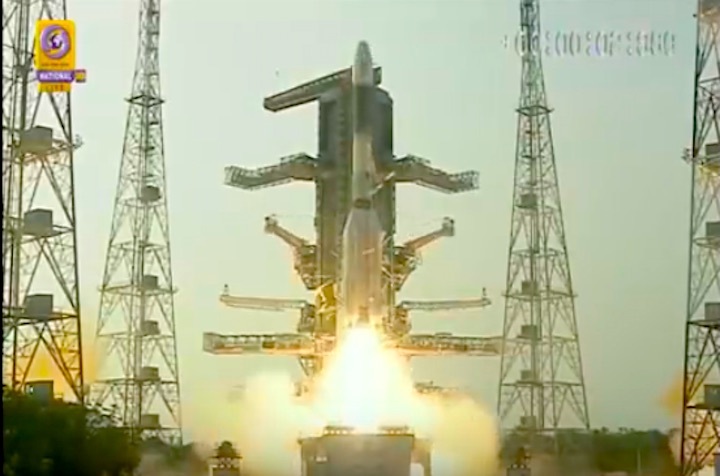
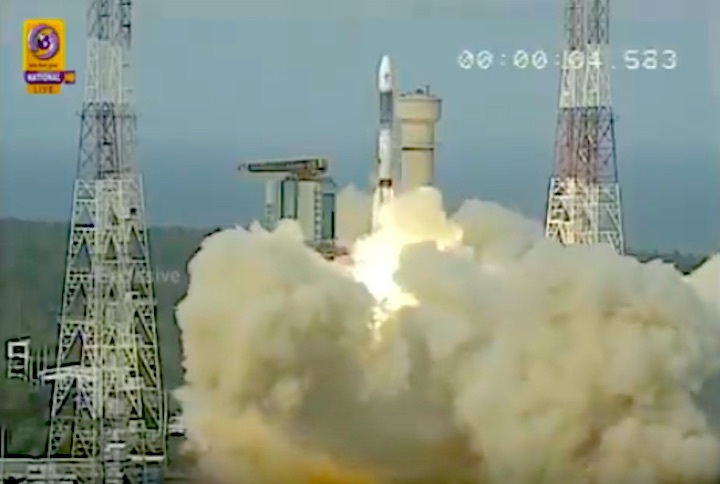
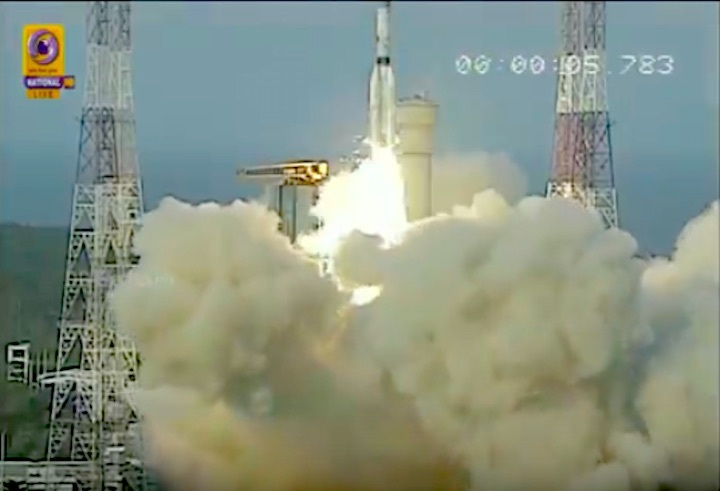
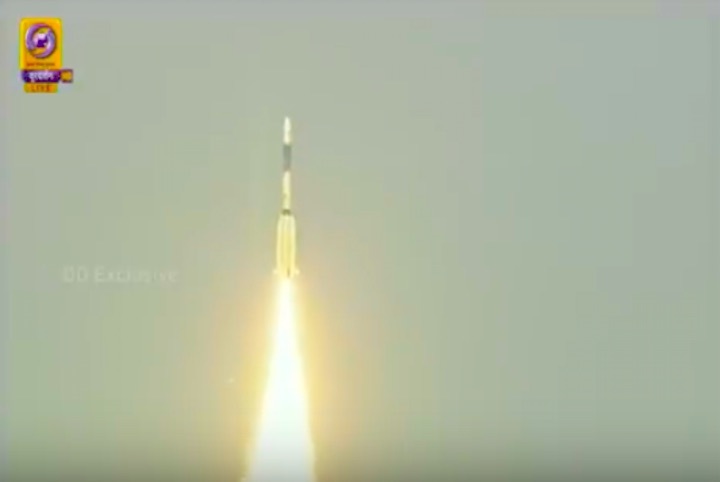
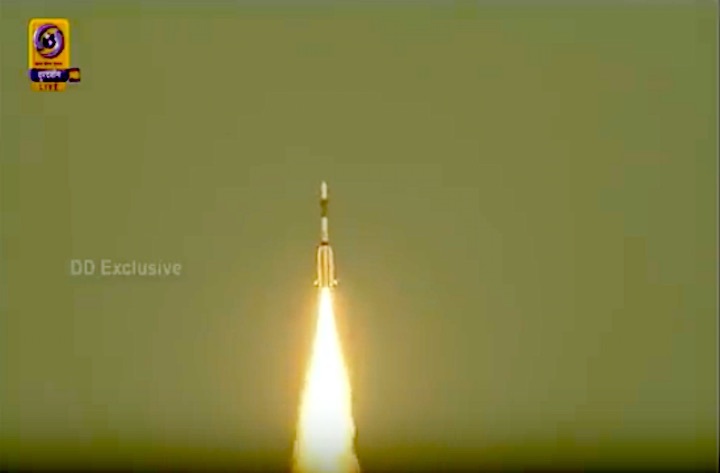
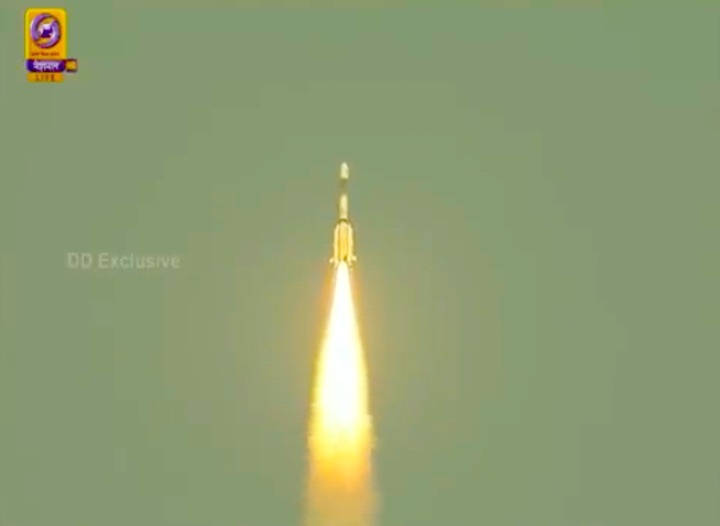
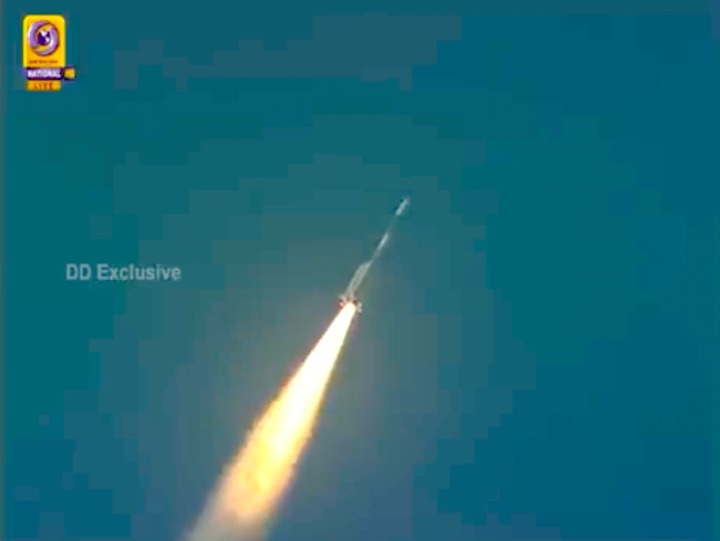
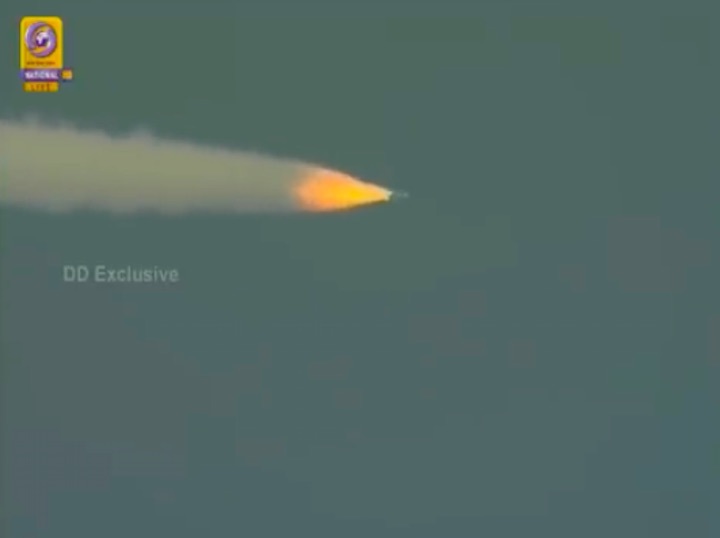
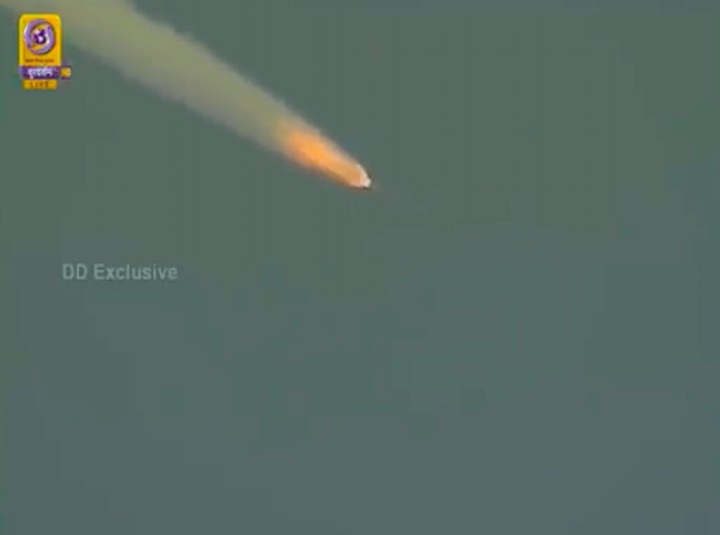
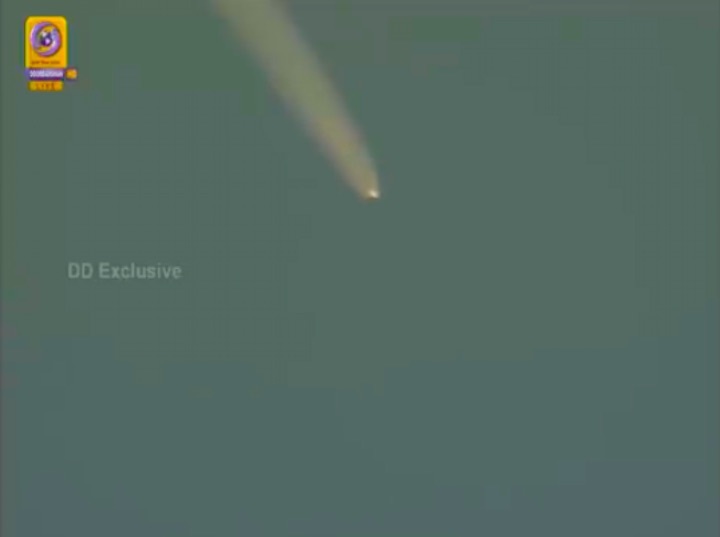
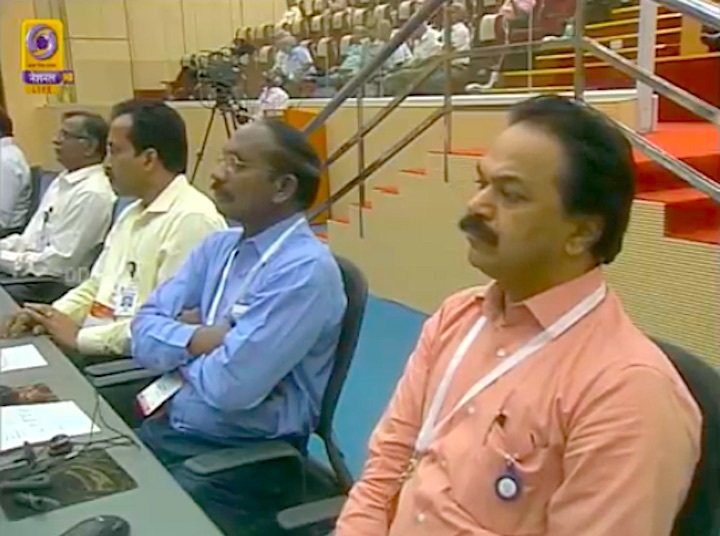
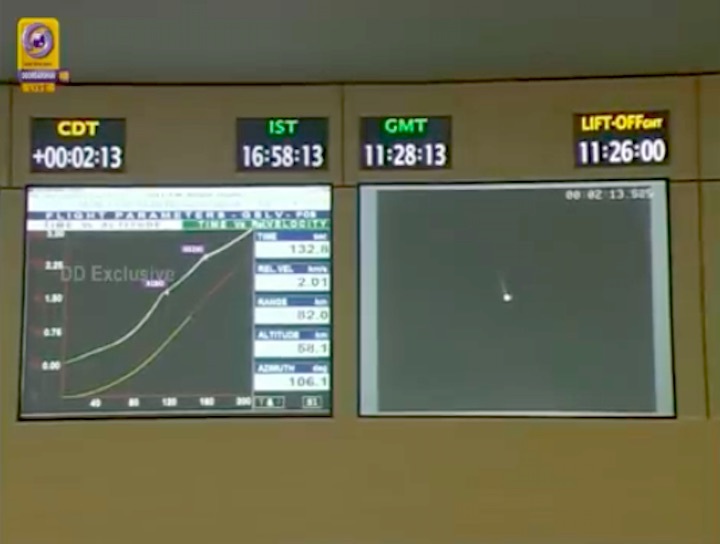
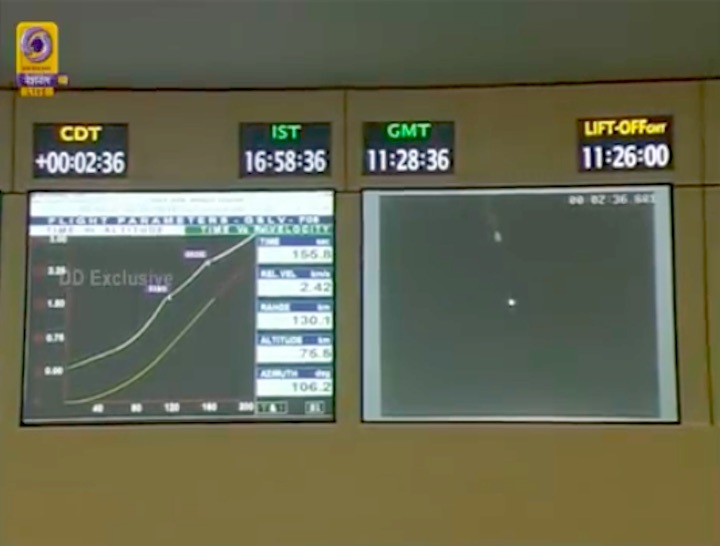
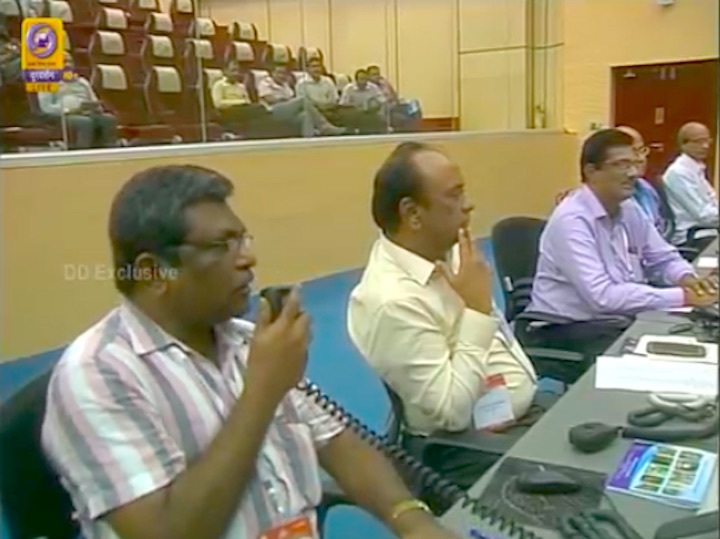

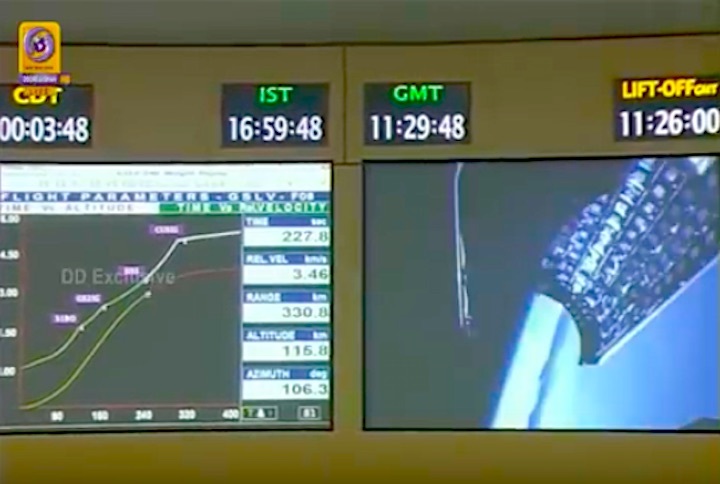
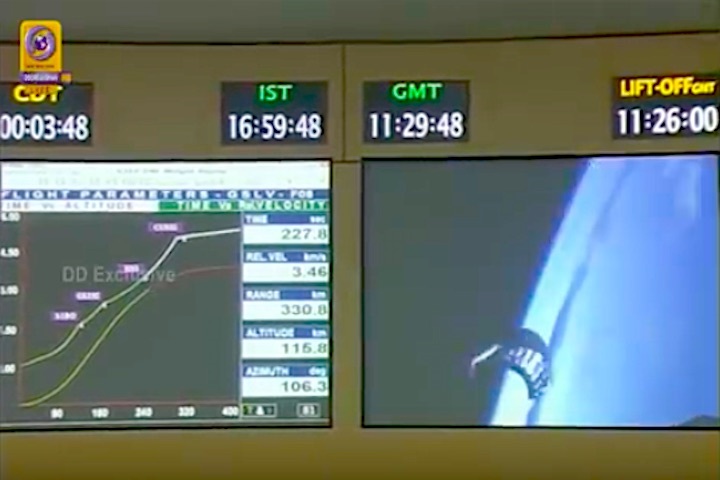
Quelle: ISRO
